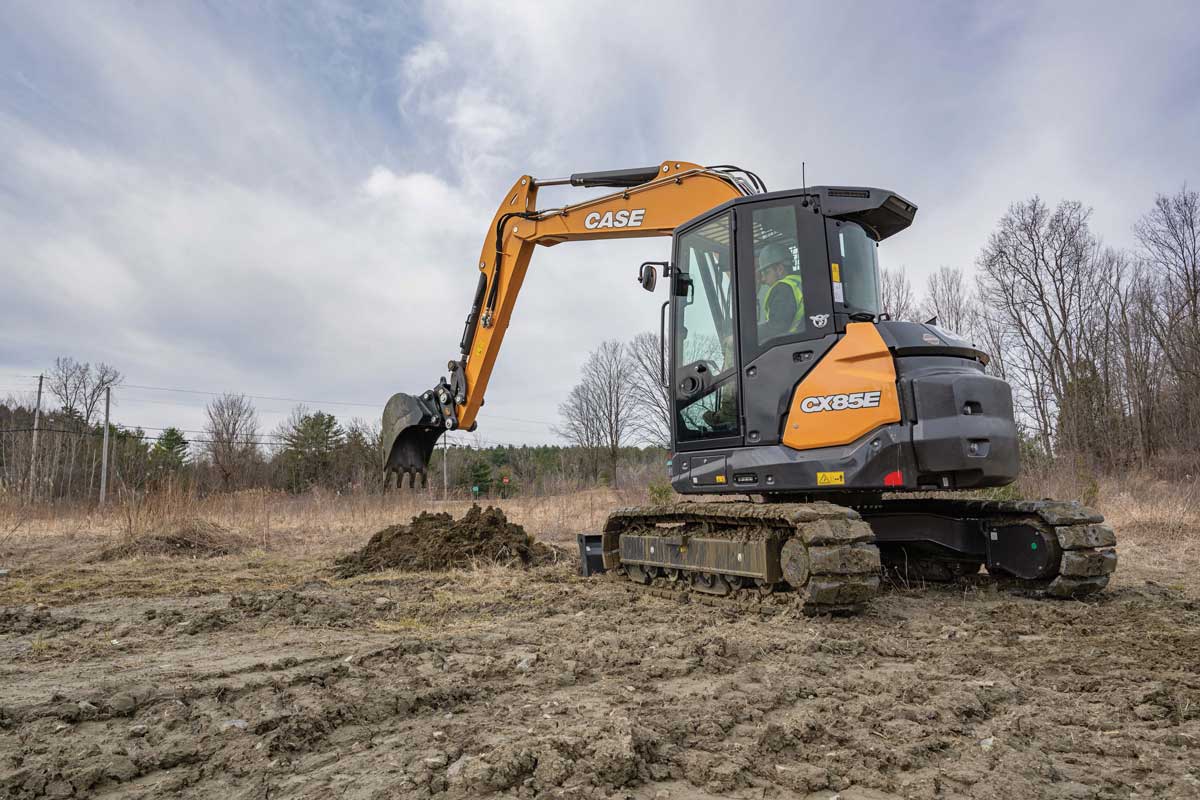Roll Program: Let’s Run Down Cat’s New M314 and M318 Next Gen Wheeled Excavators
Two new Caterpillar Next Generation wheeled excavators — the Cat M314 and M318 — feature multiple design updates that boost machine efficiency and lower long-term operating costs. Advanced hydraulics more efficiently power attachments, including Cat tiltrotators to increase machine flexibility at the jobsite.
Both Next Gen wheeled excavators are powered by the fuel-efficient Cat C4.4 engine that now meets stringent EU Stage V, U.S. EPA Tier 4 Final, and Korea Tier 4 Final emission standards. The two models deliver high power, while offering up to 5 percent improved fuel economy. Larger fuel tank on the M314 provides extended work time between fuel refills.
From dirt to asphalt, these versatile excavators are built to quickly tackle a wide range of projects. Featuring up to 15 percent more swing torque over the F Series, the M314 and M318 allow operators to quickly complete the task and move onto the next. With travel speeds in excess of 34 km/h (21 mph), they are fast and efficient moving from job to job.
Work more productively in comfort
The M314 and M318 come standard with the new, larger Next Gen operator’s cab that offers improved entry/exit and boosts comfort and productivity. A low-profile engine hood design, large front, rear and side windows, and small cab pillars offer improved visibility into the trench and around the machine, enhancing safe operation. Standard rearview and sideview cameras further improve visibility. Advanced viscous mounts reduce cab vibrations which cuts down on operator fatigue, while easy-to-reach controls help increase operating comfort.
Customers have the choice of either deluxe or premium cab designs. The deluxe cab features a seat that is heated and air-adjustable, while the premium seat is heated and cooled, plus it adjusts automatically. Ample storage beneath and behind the seat, in overhead compartments and consoles give operators plenty to room to stow gear.
The excavators are started using the in-cab push-button or remotely via a Bluetooth® key fob, or the unique Operator I.D. function. The large, 240-mm (10-in) touchscreen monitor and jog-dial control offer flexible, ease-to-use navigation of the machine controls. Operators can program power mode and joystick configuration to their preferences, so the excavator remembers each operator’s settings on start-up. Auto axle lock detects when the service brake must be locked or unlocked, reducing the number of actions required by the operator.
Available Link Technology Boosts Efficiency

The new Cat M314 and M318 wheeled excavators build on the standard Product Link technology that provides machine location, hours, fuel usage, idle time, diagnostics codes and other machine data.
New remote diagnostics tools available for the M314 and M318 help save service trips to the jobsite to increase machine servicing efficiency. With new Remote Troubleshoot, dealer technicians remotely run diagnostics testing without impacting machine productivity to detect potential issues by analyzing real-time machine data captured by Product Link. Remote Flash works around the company’s production schedule and conveniently assures these new excavators are operating with the most current version of on-board software, so they deliver high performance, maximum efficiency and minimum downtime.
Less Required Maintenance
Longer lasting filters on the Cat M314 and M318 Next Gen wheeled excavators deliver up to a 10 percent savings in maintenance parts. The new hydraulic oil filter delivers improved filtration and a 50 percent longer change interval at 3,000 operating hours for reduced maintenance. Diesel fuel purity is better protected through the machines’ new two-level fuel filtration. Filter life and maintenance intervals are now conveniently tracked on the in-cab touchscreen monitor, so machine uptime is maximized.
Service technicians can quickly check all daily maintenance checkpoints, including engine oil, from ground level. Cat S∙O∙SSM ports are also conveniently accessed from ground level for sample fluid extraction, simplifying maintenance. Anti-skid punch plate stairs provide access to the upper-level service platform and to help prevent slipping.
For more info on Cat, click this link. Really, what else are you doing?




